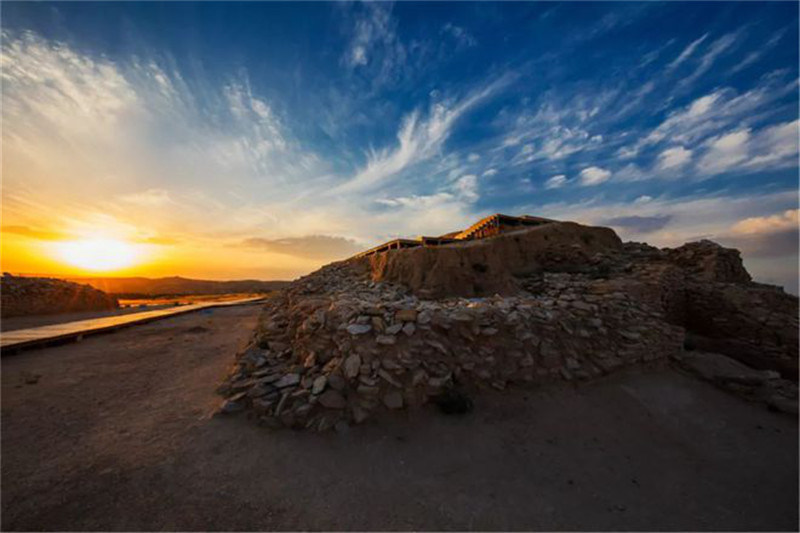Xinhua Silk Road: New book reveals key archaeological discoveries at China’s Shimao ruins
BEIJING
A new book published in northwest China’s Shaanxi Province has revealed key archaeological discoveries at China’s Shimao ruins.
According to Xiong Hui, director of Shaanxi’s local chronicles office, local chronicles of Shimao, as encyclopedia of Shimao ruins, could record archaeological discoveries, reflect protection and management of cultural relics and contribute to its application for UNESCO list of world cultural heritage.
Shimao site, the biggest city site from the Longshan Period to the Xia Dynasty (Neolithic Age) discovered in China so far, is of great significance in tracking source of China’s early civilization.
Spanning 4 million square meters, the lost city dating back to 2,300 BC is located on the edge of the Muus Desert in Gaojiabao Town, Shenmu City.
The site consists of three parts, including the core imperial city pyramid, the inner city and the outer city. The three stone-made enclosures made up a great architectural example for China’s ancient capitals.
Over the past years, excavators have uncovered a stone city with immense fortifications and sophisticated infrastructure, thousands of luxurious artifacts including jades, potteries, bone artifacts, stone sculptures, and murals.
The Shimao site is hailed as one of the most important prehistoric archaeological discoveries in China in this century. Its academic value has been recognized at home and abroad.
In April 2019, six projects including the Shimao ruins were added to China’s Tentative List for World Heritage Sites. In addition, the Neolithic City of Shimao was listed among the top 10 archaeological findings of the past decade by the U.S.-based Archaeology journal in December 2020.
Original link: https://en.imsilkroad.com/p/328070.html
SOURCE: Xinhua Silk Road